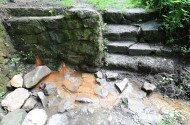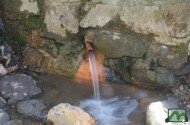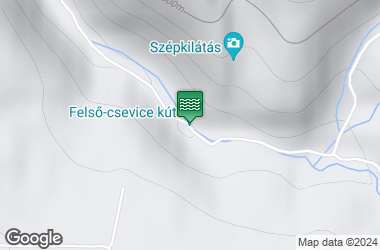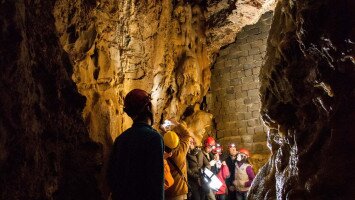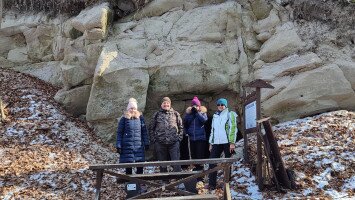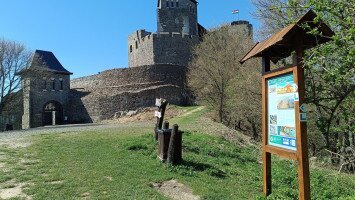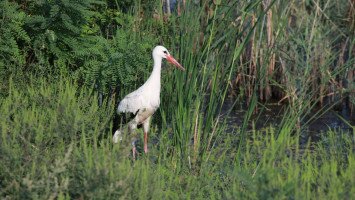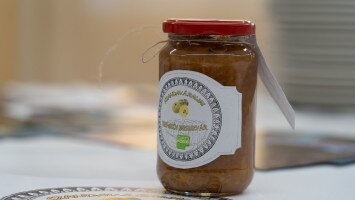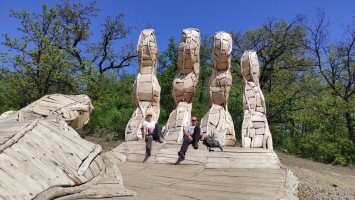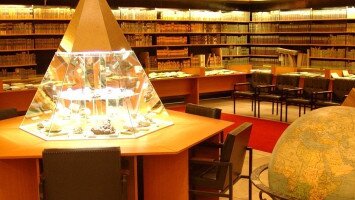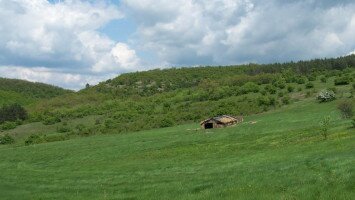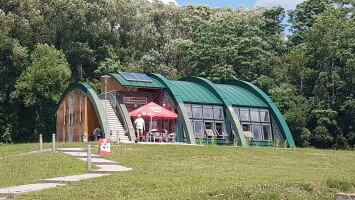
Natural area of local importance.
Tar in the Zagyva Valley is famous for its csevice springs, among others. The springs can be approached by following the yellow mark from Tar. Field studies in the 1990s indicate that at least four csevice springs in the area should be mentioned. These are the following:
- Lower Csevice: To the south-west from the so-called White-quarry, directly next to the bed of the Csevice stream, under the Black-quarry.
- Upper-built Csevice: a source with a basin in the Csevice Valley about 800 meters to the south-east.
- Upper Csevice: 15-20 meters to the south of the former, well excavated with a well ring, without well fitting.
- Csevice at the pedestrian bridge: inland at the pedestrian bridge over the Zagyva on the left bank of the river.
Features, water quality
Its presence is indicated by weak bubbling and discoloration caused by iron. The earliest record of the Tar csevice dates back to 1851, which describes the "sour spring" from two places in Tar. A description from 1865 classifies the Tar csevice as either sour or wine water. Within the sour water, it is included in the iron, potash (old name for alkali metals).
In 1926 Jenő Noszky writes about the surfacing Csevice in three places. Two of these are mentioned in the Csevice Valley, and the third is given on the banks of the Zagyva. In 1937 he also explained the dilution of the Lower Csevice with the Black Quarry, which was operating near the source in the mid-1930s. The first water chemistry analysis of the Csevices was carried out between 1961 and 1962, which covered the first three of the Csevices. All three waters were found to have an alkaline hydrocarbonate carbonated composition. However, there was a discrepancy between the two in Upper Csevice and the lower one. The Lower Csevice type contained sodium, magnesium and chloride, the upper ones contain calcium and sodium. In the same years, when examining the origin of water carbon dioxide, the earlier view that a source containing carbon dioxide as a volcanic activity of the Mátra Mountains was abandoned was rejected. Rather, it was considered correct to explain that carbon dioxide is of organic origin of the decomposition of organic residues of the Oligocene hydrocarbon base rock. Geological mapping in the Cserhát Mountains in 1969 records the conditions at that time. From this it can be seen that a basin made of natural stone (dacite tuff) was carved in the Upper-Csevice and was not completely masonized at its outlet. The fully enclosed basin was later created, probably in 1977, where water flows through a pipe. Lower Csevice was made of untreated natural stone (andesite). As a result of research on the origin of carbon dioxide from 1970 to 1971, the explanation that carbon inflows can be metamorphic is most acceptable. According to this, the deep rocks located at great depths or the minerals contained therein decompose at high temperatures and pressures, resulting in the release of carbon dioxide. And to get to the surface, loose rock zones, so-called fault zone were needed, which have been proven for the Tar csevices. Coming to Lower Csevice, the lines of Jenő Noszky, written in 1926, seem to be justified: "it is only a pity that the good Tar locals think little of the virtue of cleanliness". As this spring is closest to the village, the population also uses it most. It is not aesthetically or healthily fit.
Flora and fauna
The path leading to it is colored by the purple-pink flowers of the protected Rose-Campion (Lychnis coronaria). Masses of butterflies fly around the spring water surrounded by alder groves, including the protected Red Admiral (Vanessa atalanta), the Little Apatura (Apatura ilia) and the Clouded Apollo (Parnassius mnemosyne). On the rapidly warming rocks in the mine opposite the spring, the Sand Lizards (Lacerta agilis) are favored. Leaving the populated area,on the left a few pairs of the also highly protected European Bee-Eaters (Merops apiaster) are nesting in a broken shore wall.
Sights
The Upper Csevice spring and its surroundings are nature reserves. Other sights include the lone cliff on the other side of the creek and the yellow circle sign next to the fountain sign, after 200 meters. From here you have a beautiful view towards Ágasvár and Óvár, as well as to the Szakadás Pit. There are also a number of bizarre rock formations. Worth to visit.
Surrounding area
Leaving the springs on the hiking trail, the banks of the stream bed are surrounded by beautiful rock walls. Not far to the left of the springs opens a small valley, also with showy rock forms, sometimes with a waterfall. Also nearby is the Szakadás Pit where you can find particularly beautiful brackens in the closed, often very narrow gorges.
